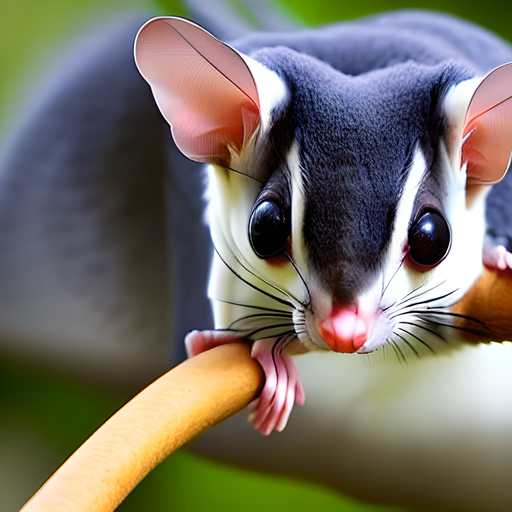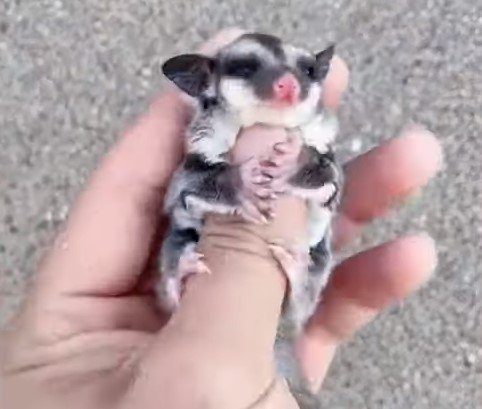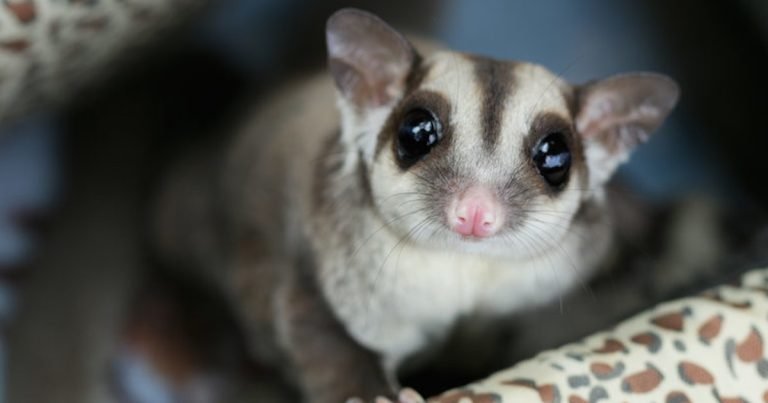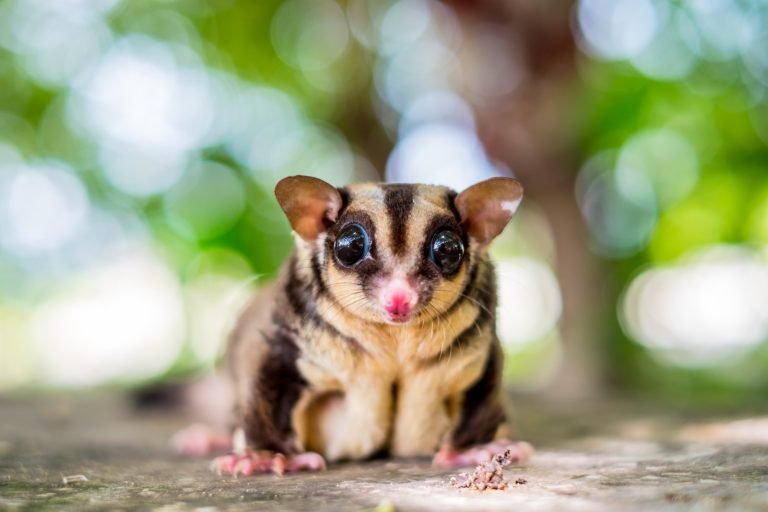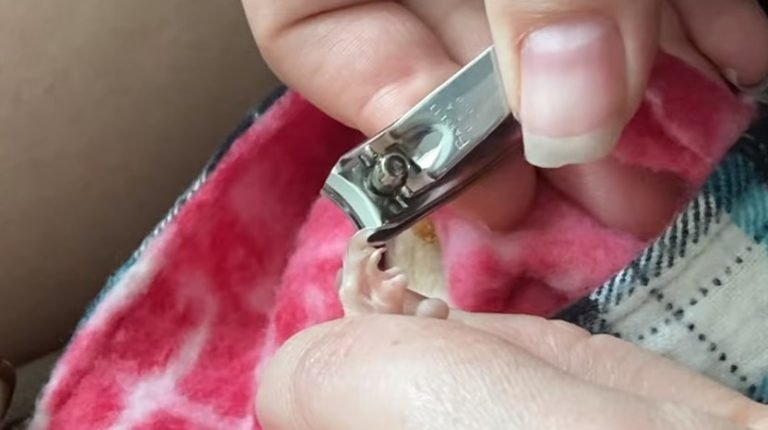How To Care For A Sugar Glider
Caring for a Sugar Glider: A Comprehensive Guide
If you’re fascinated by these adorable little creatures and have decided to make a sugar glider a part of your family, congratulations! Sugar gliders are unique and social animals that can make wonderful pets. However, they require specific care and attention to thrive in a domestic environment. In this guide, we will explore everything you need to know about caring for a sugar glider.
Understanding the Sugar Glider
Before diving into the details of their care, let’s explore some key facts about sugar gliders. Sugar gliders are small, nocturnal marsupials native to Australia, New Guinea, and Indonesia. They are called sugar gliders due to their ability to glide through the air, similar to a flying squirrel. These social animals bond closely with their humans and are known for their playful and inquisitive nature. With the right care and environment, sugar gliders can live up to 12-15 years.
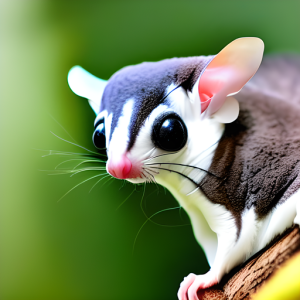
Creating the Perfect Habitat
As sugar gliders are highly active creatures, it’s important to provide them with a spacious and stimulating environment. Here are some important factors to consider when setting up their habitat:
1. Cage Size:
Sugar gliders need ample space to move and explore. A cage with dimensions of at least 24x24x36 inches is suitable for a pair of gliders. Ensure the enclosure is made of wire mesh rather than glass or plastic to accommodate their climbing and gliding abilities.
2. Cage Contents:
Fill the cage with plenty of toys, branches, and ropes to keep your gliders entertained. Provide nesting boxes, pouches, or hammocks for them to rest and sleep in during the day. Gliders also need a running wheel for exercise.
3. Temperature and Humidity:
Sugar gliders thrive in a warm and humid environment. Maintain the temperature between 75-85°F and the humidity between 50-70%. Avoid placing the cage in direct sunlight or drafty areas.
Diet and Nutrition
Proper nutrition is crucial for the health and well-being of your sugar glider. These omnivorous animals have specific dietary requirements that must be met for them to thrive.
1. Fresh Fruits and Vegetables:
Offer a variety of fresh fruits and vegetables to provide essential vitamins and minerals. Examples include apples, grapes, kale, carrots, and sweet potatoes. Chop the food into small pieces for easy consumption.
2. High-Quality Pellets:
Sugar gliders require a specialized diet that includes a high-quality pellet mix formulated specifically for them. This ensures they receive all the necessary nutrients. Avoid processed or sugary foods, as they can cause health issues.
3. Protein Sources:
Protein is an important component of a sugar glider’s diet. Offer lean sources of protein such as cooked chicken, boiled eggs, or mealworms. You can also provide small amounts of low-fat yogurt or cottage cheese.
Bonding and Socialization
Sugar gliders are highly social animals that form strong bonds with their owners. Building a trusting relationship is crucial for their well-being.
1. Handling and Bonding:
Spend time handling your gliders gently and regularly. Start by allowing them to get used to your scent and gradually progress to holding and bonding sessions. Speak softly to them and offer treats as a positive reinforcement.
2. Playtime and Enrichment:
Sugar gliders are playful creatures that need mental and physical stimulation. Create a safe play area where you can interact and bond with them. Provide toys, tunnels, and climbing structures to keep them engaged.
3. Glider Companionship:
Consider getting a pair of sugar gliders instead of a single one. These animals thrive in the company of their own kind and may become stressed or lonely if kept alone. Ensure the gliders you choose are compatible to avoid any potential conflicts.
Frequently Asked Questions
1. Are sugar gliders legal as pets?
Yes, sugar gliders are legal to own as pets in many countries. However, it’s essential to check the regulations and licensing requirements in your specific locality before getting one.
2. How do I toilet train a sugar glider?
Sugar gliders are naturally clean animals and tend to choose a specific spot for toileting. Observe their behavior and place a small litter box with appropriate bedding in that area. They will learn to use it over time.
3. Can sugar gliders be housed with other pets?
While sugar gliders can coexist with other animals, including dogs and cats, it’s crucial to supervise interactions carefully. Ensure the safety of all pets involved and provide separate playtime and sleeping areas for the gliders.
Final Thoughts
Caring for a sugar glider requires commitment, time, and effort. But the rewards of having these delightful creatures as companions far outweigh the challenges. By providing a suitable habitat, a balanced diet, and plenty of love and attention, you can ensure your sugar glider leads a happy and healthy life as part of your family. Always consult a veterinarian experienced with sugar gliders for any specific concerns or questions you may have.

